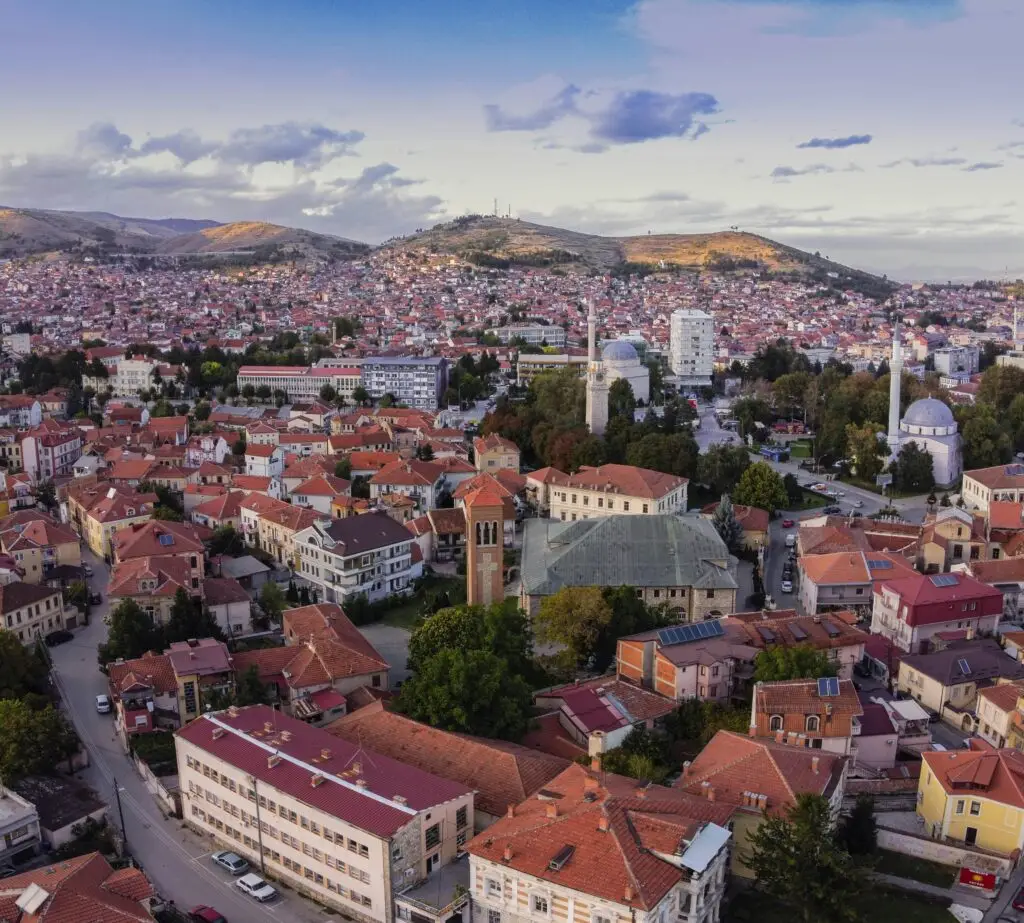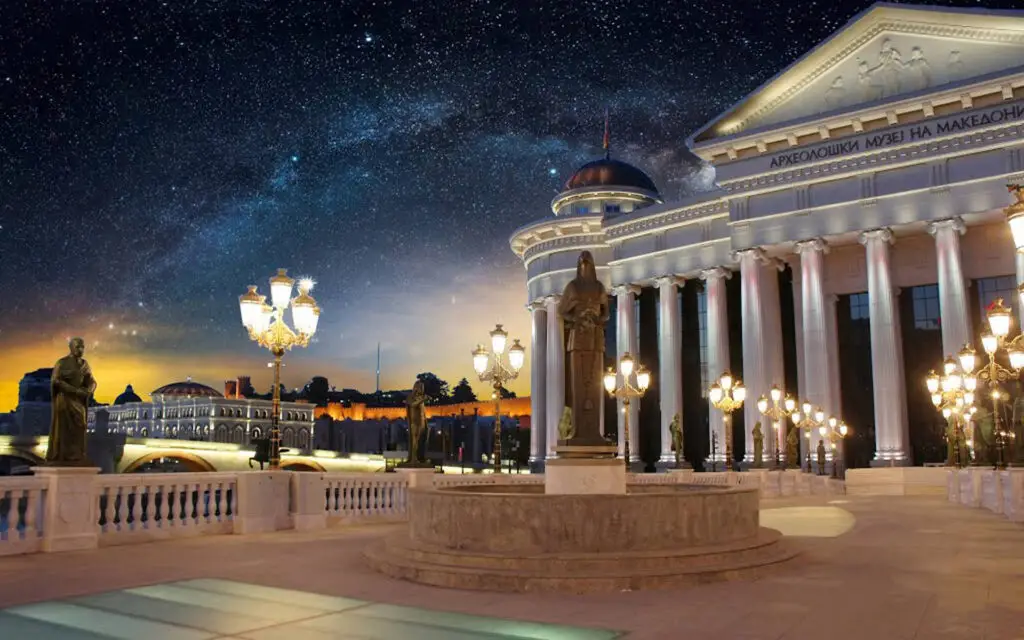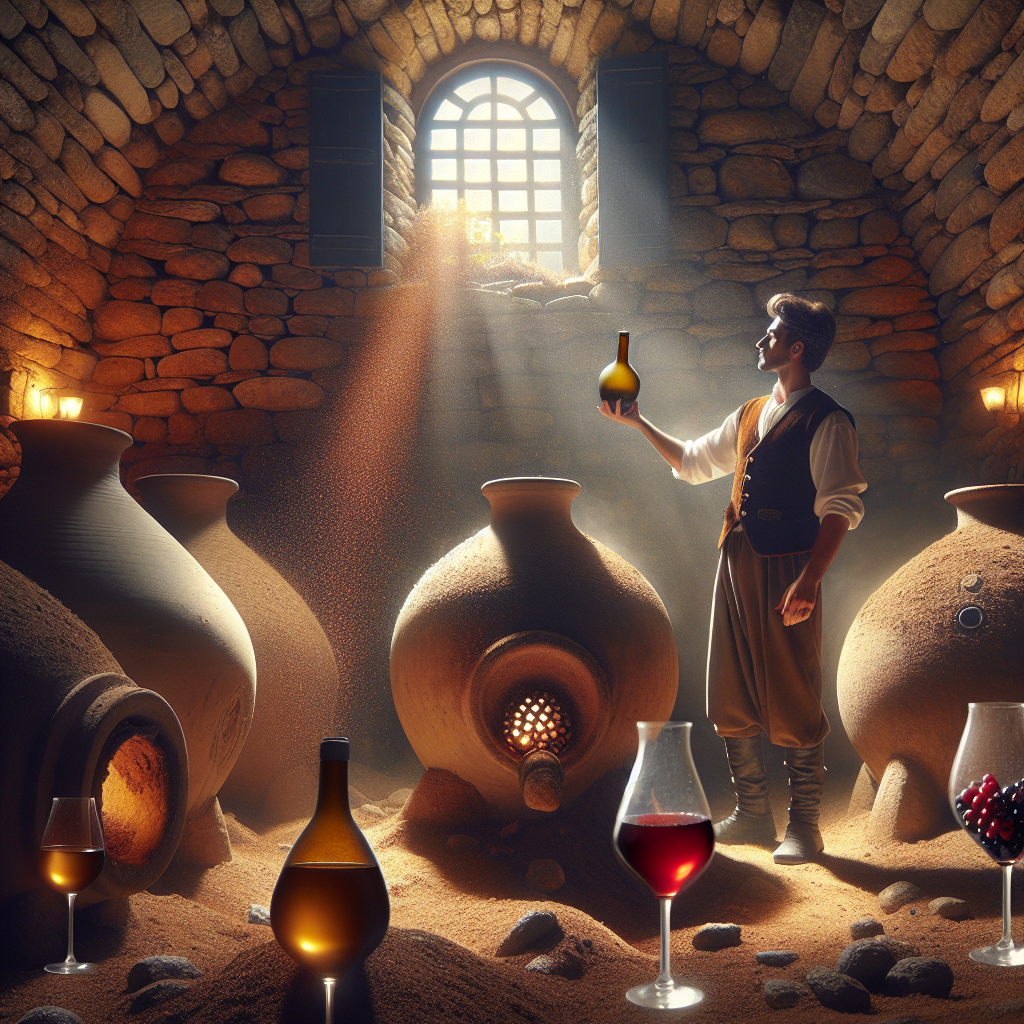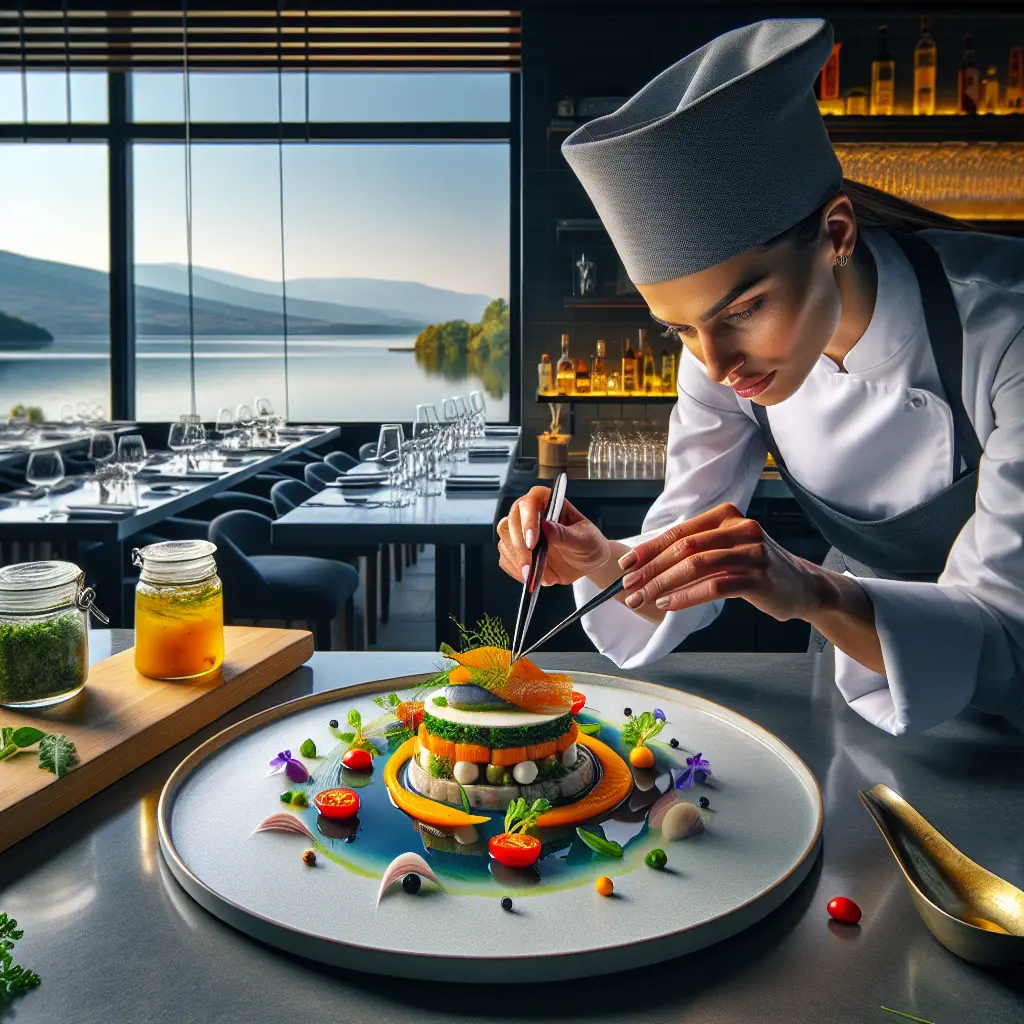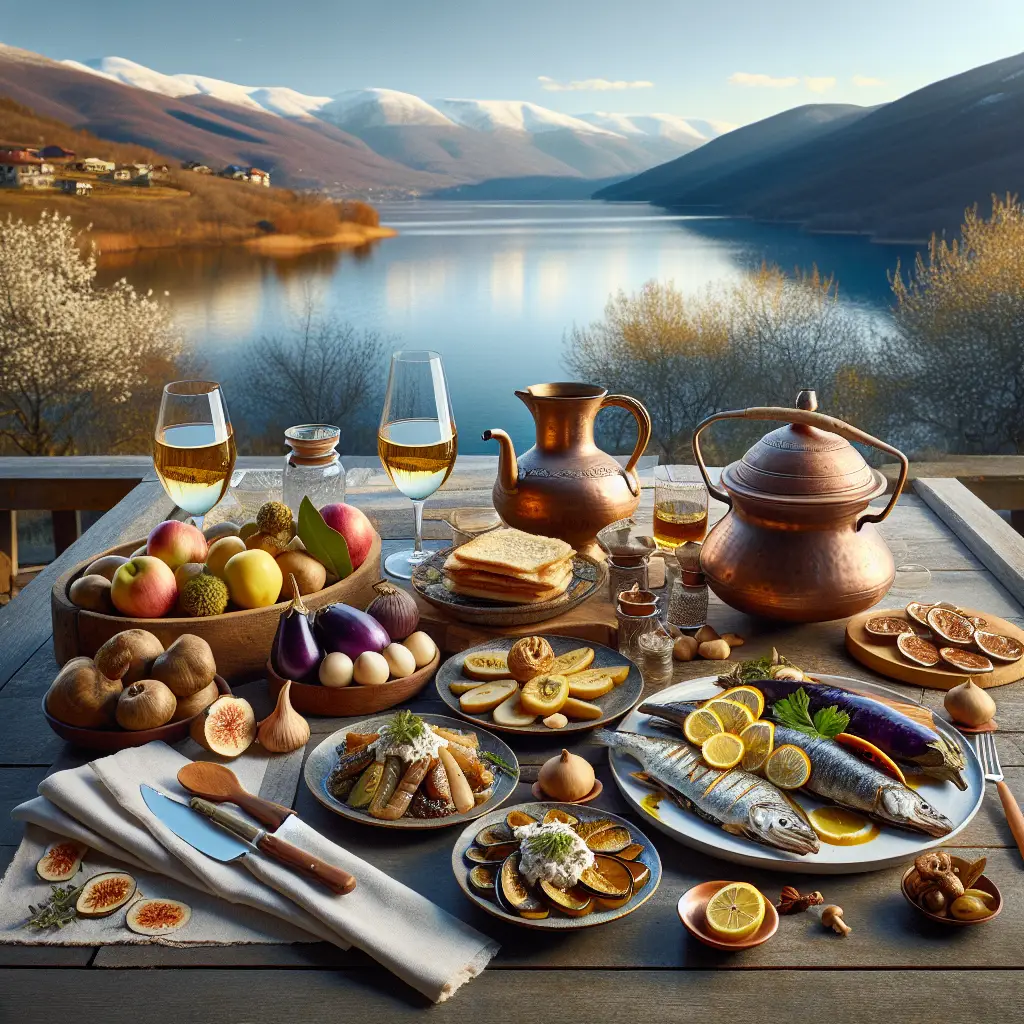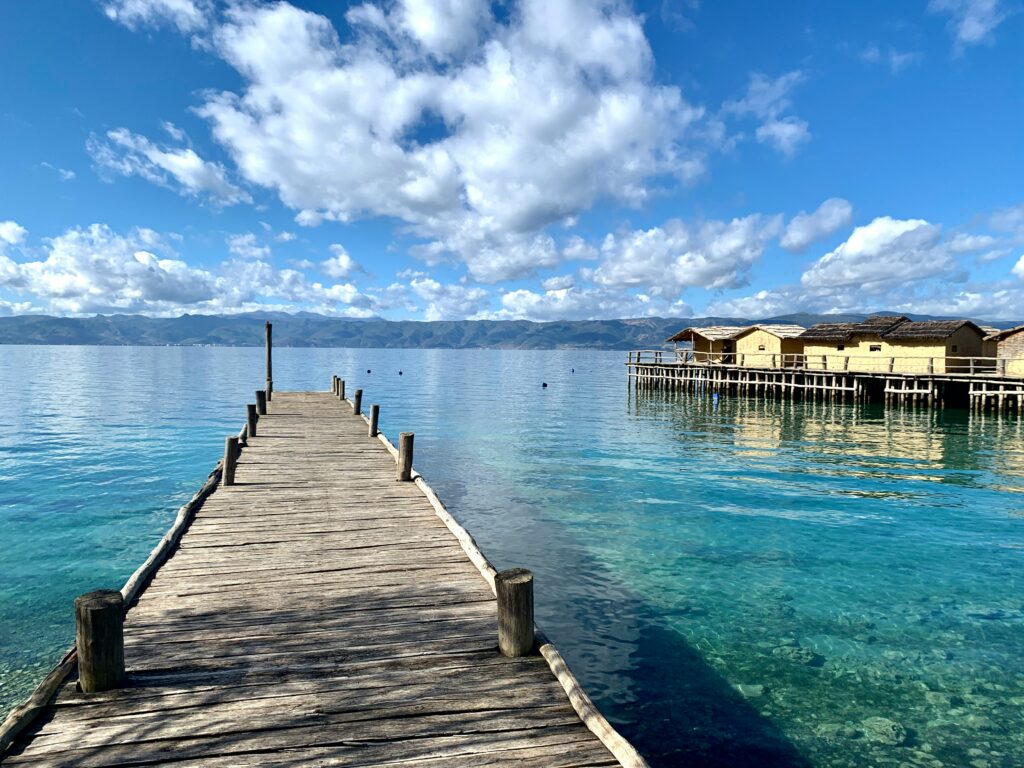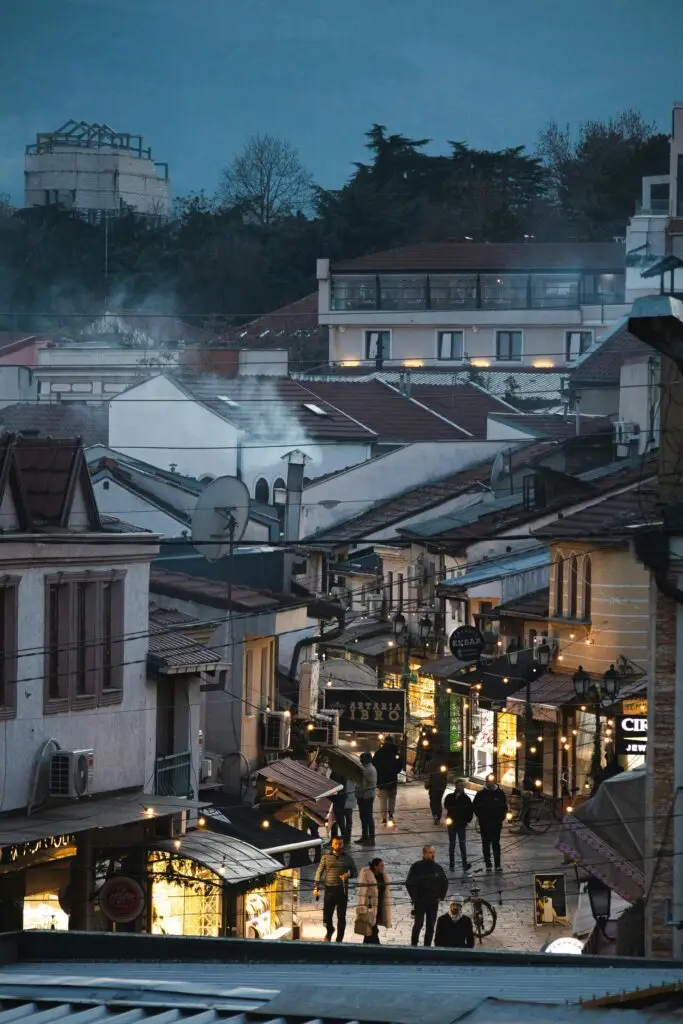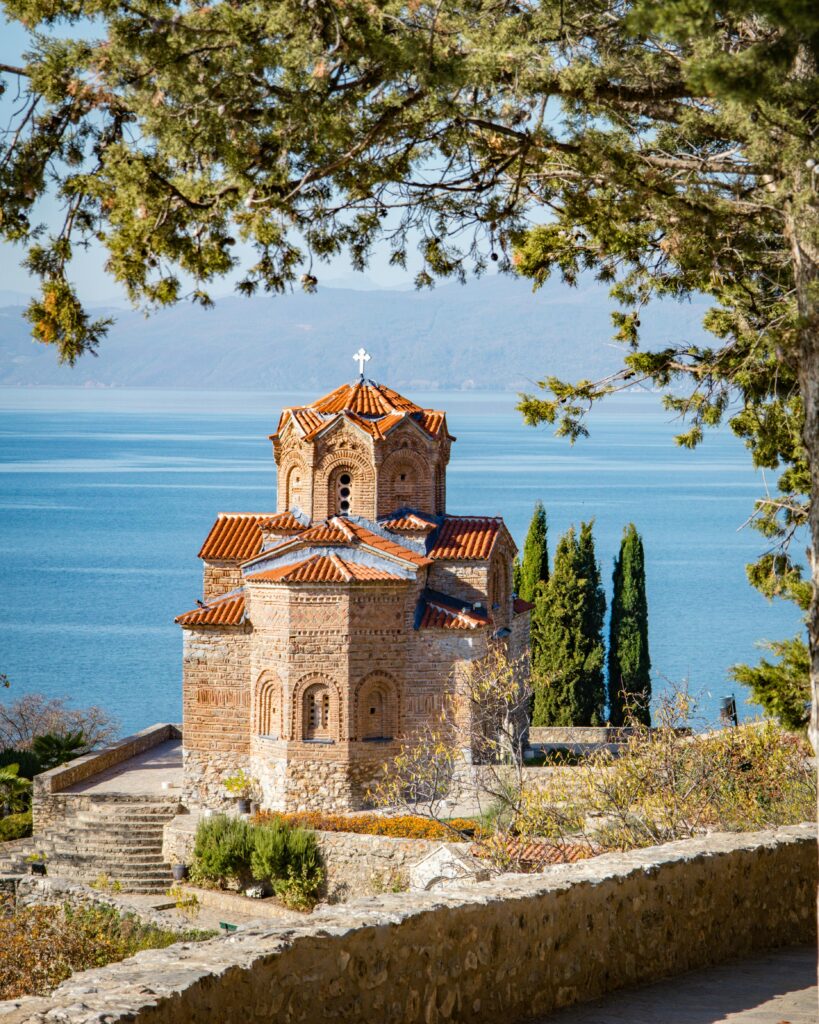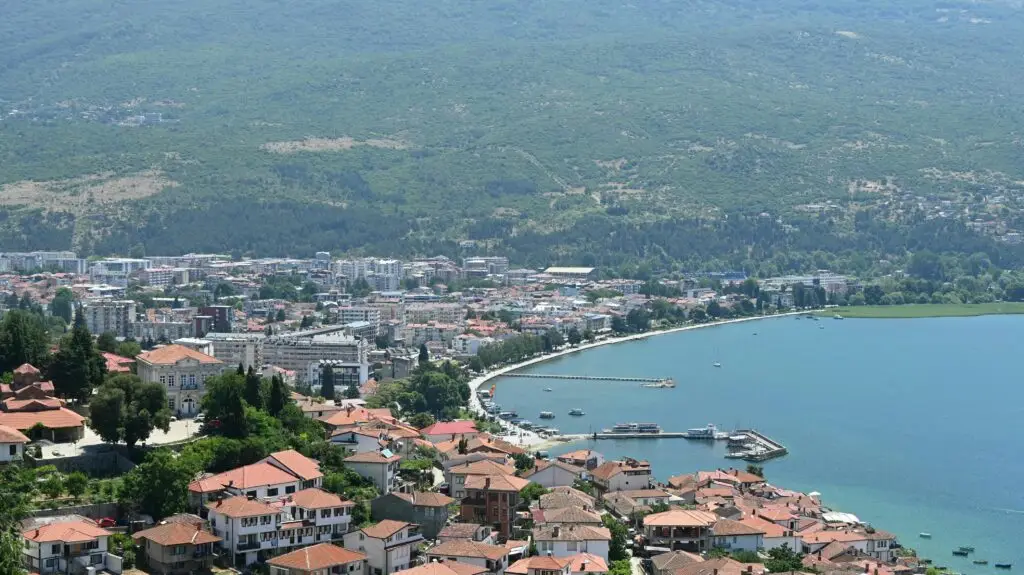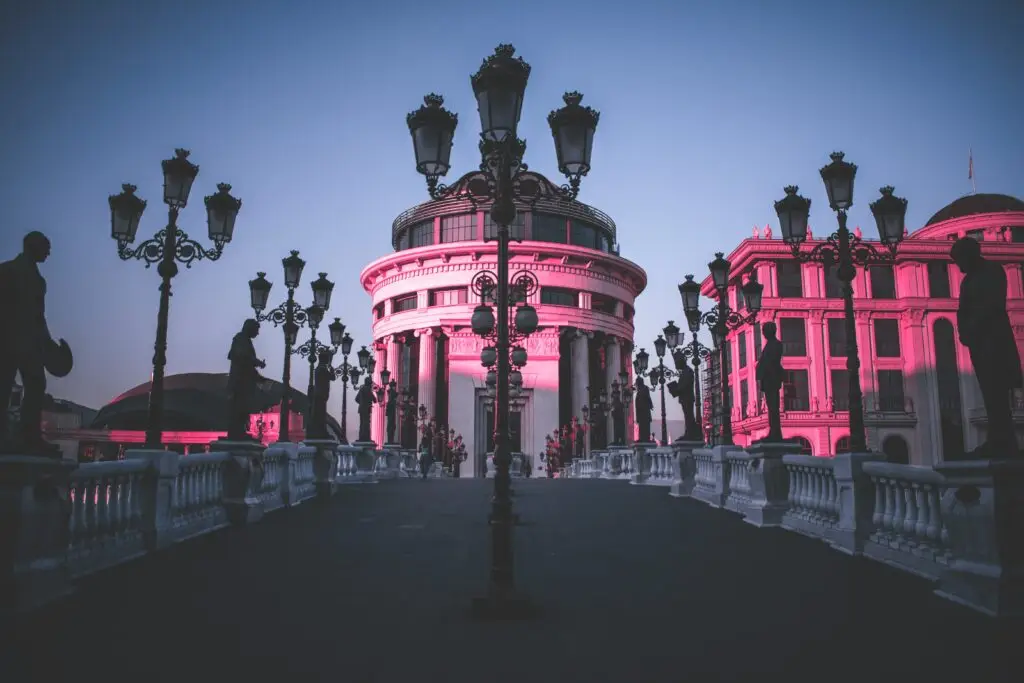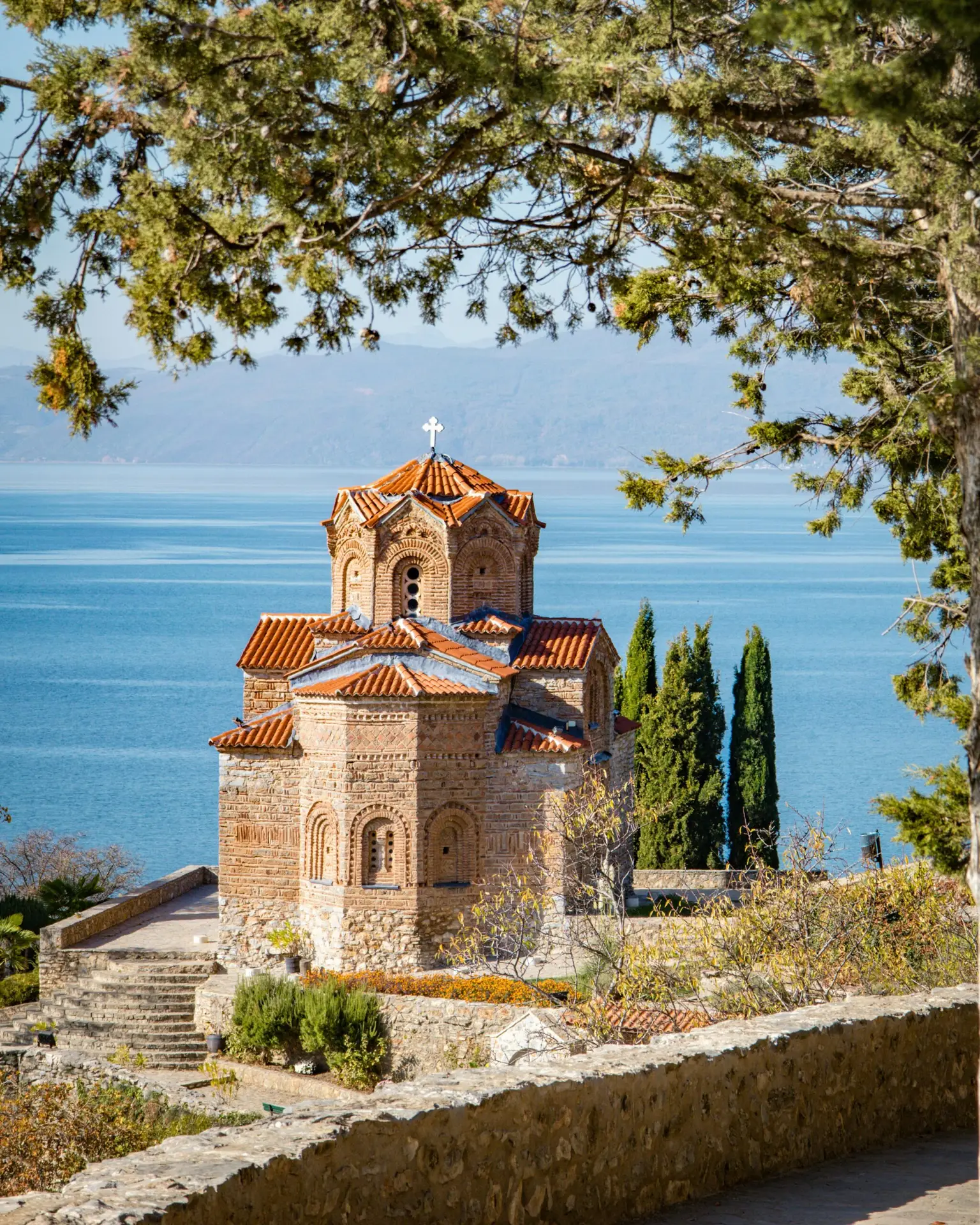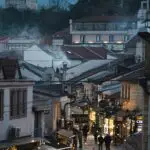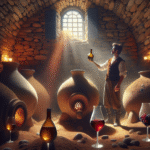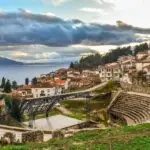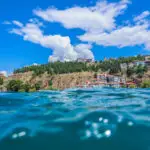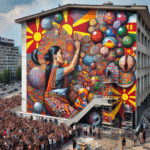Now Reading: Top 5 Hidden Villages in North Macedonia That Time Forgot
-
01
Top 5 Hidden Villages in North Macedonia That Time Forgot
Top 5 Hidden Villages in North Macedonia That Time Forgot
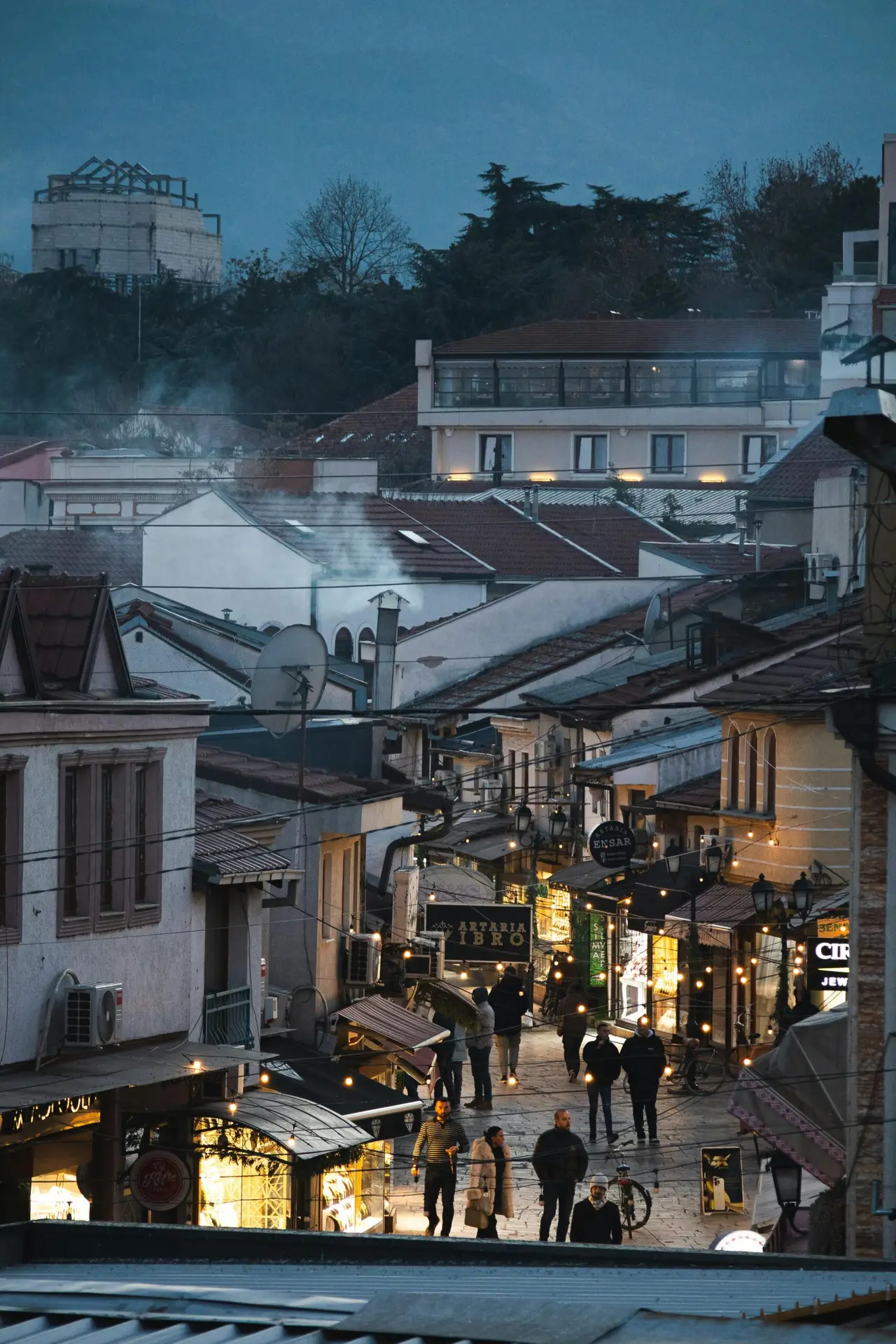
Beyond the well-trodden tourist paths lie stone-built mountain hamlets where traditions continue unchanged for centuries. Explore five remarkable villages that offer authentic glimpses into North Macedonia's rural soul.
Beyond the well-trodden tourist paths of Ohrid and Skopje lies another North Macedonia – one of timeless villages where ancient traditions continue and modern life feels wonderfully distant. Here are five remarkable settlements that offer visitors a glimpse into an almost forgotten way of Balkan life.
1. Galičnik, Mavrovo National Park
Dramatically situated on the slopes of Mount Bistra at 1,400 metres, Galičnik represents the quintessential Macedonian mountain village. Once home to over 3,000 residents, today it stands largely empty except during summer months, particularly during the famous Galičnik Wedding Festival held each July. The village’s amphitheatre-like setting provides spectacular views across Mavrovo National Park, while its distinctive stone and wooden architecture remains remarkably preserved. What makes Galičnik truly special is how it embodies Macedonian traditions – from its distinctive architecture with characteristic balconies to being the epicentre of the country’s renowned wood-carving tradition.
2. Vevcani, near Struga
Fiercely independent Vevcani once famously declared itself a “republic” in the 1990s, even issuing its own passport stamps and currency. This spirit of autonomy remains evident throughout this charming hillside village known for its abundant natural springs and preserved Ottoman-era architecture. Vevcani’s most distinctive feature is its natural water systems, where mountain springs have been channeled through the village for centuries, creating a network of small waterways and stone fountains. The annual Vevcani Carnival in January – a raucous pre-Christian tradition featuring elaborate masks and costumes – offers insight into the village’s unique cultural heritage that blends Slavic, Illyrian and Mediterranean influences.
3. Dihovo, near Bitola
Nestled at the foot of Pelister National Park, Dihovo represents rural Macedonian hospitality at its finest. This small village has pioneered sustainable tourism in North Macedonia, with several families opening their traditional homes as guesthouses where visitors can experience authentic farm-to-table cuisine and homemade rakija. What distinguishes Dihovo is its commitment to preserving traditional agricultural practices – from honey production to organic farming – while welcoming travelers into everyday village life. The surrounding ancient beech forests, home to the rare Molika pine trees, offer excellent hiking opportunities directly from the village center.
4. Stobi Winery, Gradsko
The reconstructed village surrounding the renowned Stobi Winery offers a unique glimpse into Macedonian rural life combined with world-class winemaking. Built in the traditional architectural style with stone walls and red-tiled roofs, this complex sits adjacent to the ancient Roman city of Stobi. Visitors can experience traditional Macedonian hospitality while enjoying wines produced from indigenous grape varieties like Vranec and Temjanika. What makes this village remarkable is how it connects North Macedonia’s ancient viticultural history (dating back to Roman times) with contemporary winemaking excellence, all in an authentically reconstructed rural setting.
5. Janche, Mavrovo National Park
Clinging to steep slopes near the spectacular Radika River gorge, Janche represents a masterpiece of traditional Macedonian stone architecture. Following extensive restoration efforts, this once-abandoned village has become a model for heritage preservation, with its clustered stone houses and narrow cobblestone lanes appearing largely unchanged since the 18th century. Janche has distinguished itself through remarkable culinary preservation, with several restaurants specializing in slow-cooked dishes prepared in traditional wood-fired furnas (earthen ovens). The nearby 14th-century Monastery of St. John Bigorski, with its remarkable woodcarvings, adds cultural significance to this already spectacular location.
Visitor Tips: These villages are best experienced with overnight stays rather than day trips, allowing visitors to witness the changing rhythms of rural life. Many offer simple guesthouses operated by local families, providing authentic accommodation experiences complete with home-cooked meals featuring locally-sourced ingredients. While summer brings more activity, spring and autumn visits offer spectacular seasonal colors and harvest festivals.


